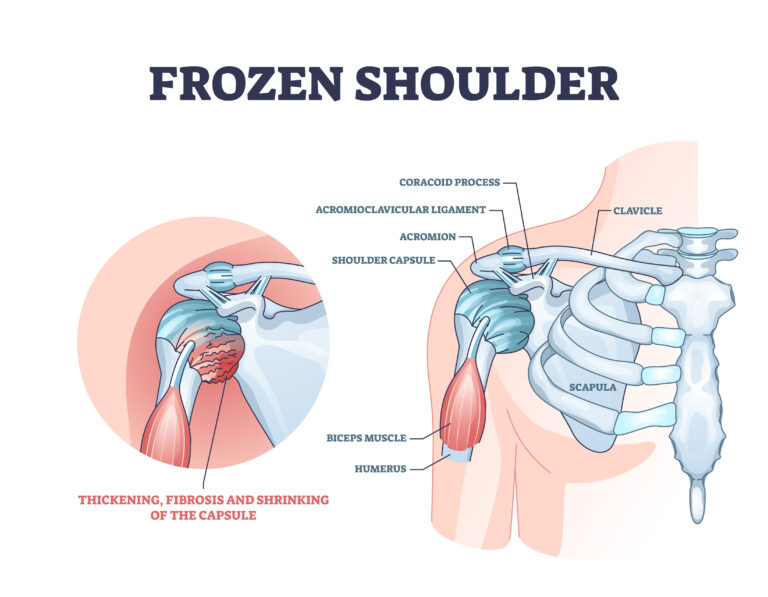Recovery of Chronic and Recurrent Low Back Pain through Physis
The back pain service is led by clinical director Graham Curlewis, who studied under Professor Peter O’Sullivan, the lead clinician behind the ‘Cognitive Functional Therapy’ approach to low back and pelvic pain. This team of researchers has published dozens of articles in peer-reviewed journals relating to evidence based treatment of the lower back (http://www.ncbi.nlm.nih.gov/pubmed?term=o’sullivan%20PB). The team at physis has followed the development of Prof. O’Sullivan’s approach closely over the years, and recognises the contribution that this approach will make to low back pain treatment in the future. All the physiotherapists at physis are given training using this approach in the treatment of low back pain, which makes it the most experienced clinic using this method. Prof. O’Sullivan’s approach to low back pain is considered to be one of the most effective treatments for low back pain, and can be applied to all areas of the body, not just the lumbar spine. Cognitive Functional Therapy has been shown to be more effective than traditional manual therapy and exercise in the treatment of chronic low back pain (Vibe Fersum et al 2012).
Most often the reasons for ongoing low back pain problems are related to a person’s behaviour and beliefs around their particular problem. Long term disability due to back pain is more related to having negative beliefs about your back and the pain, than other factors such as changes seen on your scan. Such negative beliefs might be that you have ‘wear and tear in your spine’ (and therefore using it, will wear it out more) or having a ‘pelvis that slips out of place’ (and therefore you need a physio or chiropractor etc to put it back into place, and therfore you need to be careful how much weight you put through your back to prevent it from ‘going out’). These, and other, faulty beliefs go against the weight of evidence on the causes low back pain.
Classification of low back pain
The ability to say to someone, ‘this is what is going on with your back’ and then explain in simple terms what one has found and what can be done to get them better, is always the goal. Unfortunately, for many people they have been through this experience with numerous clinicians of various backgrounds and have been given totally different explanations. This does not help resolve their problem. The Cognitive Functional Therapy approach is based on an accurate and reliable system of assessment and treatment that has stood up to the ultimate test: the randomised controlled study, where it has been shown to resolve chronic low back pain problems more effectively than conventional treatments (Vibe Fersum et al 2012). Many of the practitioners in physis have been practicing this approach for years, and are among the most experienced practitioners of this approach in Scotland.
At Physis, we recognise that your beliefs are important to your outcome because we recognise they have a huge influence on your behaviour, stress and anxiety towards your problem. Assessing your beliefs is done at your initial assessment with all our patients and is relatively easy; we just ask you. Assessing your behaviour is much more difficult and for the most part we can do this during your assessment session. But at physis, we have some novel ways of exploring this further.
Behavioural assessment and monitoring
As part of our chronic low back pain service, we can accurately assess your behaviour through the physical monitoring of your lower back away from the clinic. We can fit a device that will take multiple readings per second and collect information on what you are doing and how you do it over 8-12 hours. This, combined with information it collects when you are sore, gives a very detailed record of how you use your lower back, and what you are doing when you get pain. Physis is the first clinic in the UK to be using this technology, which has been developed in Australia, and is the first of its kind in the world.
Once a pattern of behaviour has been established and linked to your pain experience, the aim would be to educate you in how you can overcome these provocative habits (if that is the dominant driver for your pain). The system can then used to provide feedback to the wearer away from the clinic. It can be programmed to provide feedback when the person moves a certain way, or adopts a certain position, which has previously been identified as provocative. This technology is invaluable in breaking ingrained habits that may be driving the person’s disorder. Once the habits are identified, they can be monitored, feedback given, which ultimately reduces the habits and the pain. Subsequent sessions with the monitor can be compared to the initial assessment so there is an objective record of a person’s lower back behaviour over time.
The system can also be used in the clinic to work on achieving certain positions, or controlling low back positions during specific postures or activities. This gives the wearer instant feedback on what they are doing and how well they are controlling their spine. This is invaluable in all walks of life, from an occupational setting (eg lifting, bending sitting), to domestic behaviour (ironing, sitting, bending) to sporting activities (eg golf, running)
Who can benefit?
The system is designed for the lower back and pelvis, but it allows the therapist to see what you do during the day, so there is potential benefit for all chronic spinal, and lower limb pain sufferers. Many chronic disorders are caused by poor movement patterns and postural habits. It is these problems that do extremely well with this approach, despite the length of time the person may have had their pain (as long as the person is willing to change!)
Industry
Chronic low back pain is a massive contributor to sickness absence from work. Methods of reducing stress and strain on the back through changing ergonomics or working routines is an accepted and fundamental approach within this field. This may be carried out at an individual level or across a workforce as a preventative measure in potentially hazardous jobs or tasks. Having access to objective data that allows a company to see exactly what stresses are being placed on the spine can be invaluable in directing safe working practice. The ViMove system has allowed the physis therapists to more accurately comment on the behaviour of the people concerned, and comment on the potential strain and hazard that this might cause. Working with the individual and / or the company to reduce this stress, can improve the safety of the job.
further reading on our website: Back Pain
External Resources


